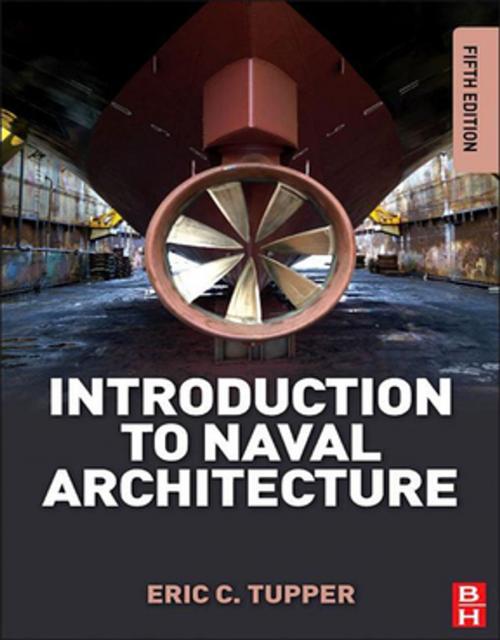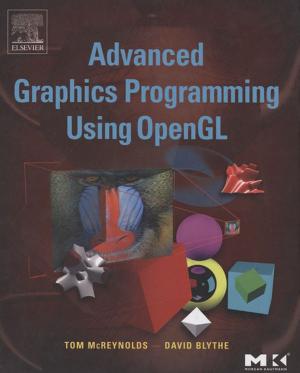| Author: | E. C. Tupper | ISBN: | 9780080982724 |
| Publisher: | Elsevier Science | Publication: | January 9, 2013 |
| Imprint: | Butterworth-Heinemann | Language: | English |
| Author: | E. C. Tupper |
| ISBN: | 9780080982724 |
| Publisher: | Elsevier Science |
| Publication: | January 9, 2013 |
| Imprint: | Butterworth-Heinemann |
| Language: | English |
Written by an award-winning naval architecture author and former vice-president of the Royal Institution of Naval Architects (RINA), the fifth edition of Introduction to Naval Architecture has been fully updated to take in advances in the field and is ideal both for those approaching the subject for the first time and those looking to update or refresh their knowledge on areas outside of their direct expertise.
This book provides a broad appreciation of the science and art of naval architecture, explaining the subject in physical rather than in mathematical terms. While covering basic principles, such as hull geometry, propulsion, and stability, the book also addresses contemporary topics, such as computer aided design and computer aided manufacture (CAD/CAM). The new edition reflects the continuing developments in technology, changes in international regulations and recent research.
Knowledge of the fundamentals of naval architecture is essential not only for newcomers to the field but also the wealth of non-naval architects working in the marine area, including marine engineers, marine surveyors and ship crews. This book provides the most well-known and trusted introduction to the topic, offering a clear and concise take on the basics of this broad field.
Praise for previous edition
"...a clear and concise introduction to the subject, giving a good grasp of the basics of naval architecture." — Maritime Journal
"...my go-to book for understanding the general principles of naval architecture. The book is well-written and easy to understand." — Amazon.com reviewer
- Provides a perfect introduction to naval architecture for newcomers to the field and a compact overview for related marine professionals needing a working knowledge of the area
- Updated to cover key developments including double-hulled tankers and the increased use of computational methods and modeling in ship design
- Draws on the experience of renowned naval architecture author Eric Tupper to provide extensive scope and authoritative detail, all in an accessible and approachable style
Written by an award-winning naval architecture author and former vice-president of the Royal Institution of Naval Architects (RINA), the fifth edition of Introduction to Naval Architecture has been fully updated to take in advances in the field and is ideal both for those approaching the subject for the first time and those looking to update or refresh their knowledge on areas outside of their direct expertise.
This book provides a broad appreciation of the science and art of naval architecture, explaining the subject in physical rather than in mathematical terms. While covering basic principles, such as hull geometry, propulsion, and stability, the book also addresses contemporary topics, such as computer aided design and computer aided manufacture (CAD/CAM). The new edition reflects the continuing developments in technology, changes in international regulations and recent research.
Knowledge of the fundamentals of naval architecture is essential not only for newcomers to the field but also the wealth of non-naval architects working in the marine area, including marine engineers, marine surveyors and ship crews. This book provides the most well-known and trusted introduction to the topic, offering a clear and concise take on the basics of this broad field.
Praise for previous edition
"...a clear and concise introduction to the subject, giving a good grasp of the basics of naval architecture." — Maritime Journal
"...my go-to book for understanding the general principles of naval architecture. The book is well-written and easy to understand." — Amazon.com reviewer
- Provides a perfect introduction to naval architecture for newcomers to the field and a compact overview for related marine professionals needing a working knowledge of the area
- Updated to cover key developments including double-hulled tankers and the increased use of computational methods and modeling in ship design
- Draws on the experience of renowned naval architecture author Eric Tupper to provide extensive scope and authoritative detail, all in an accessible and approachable style















